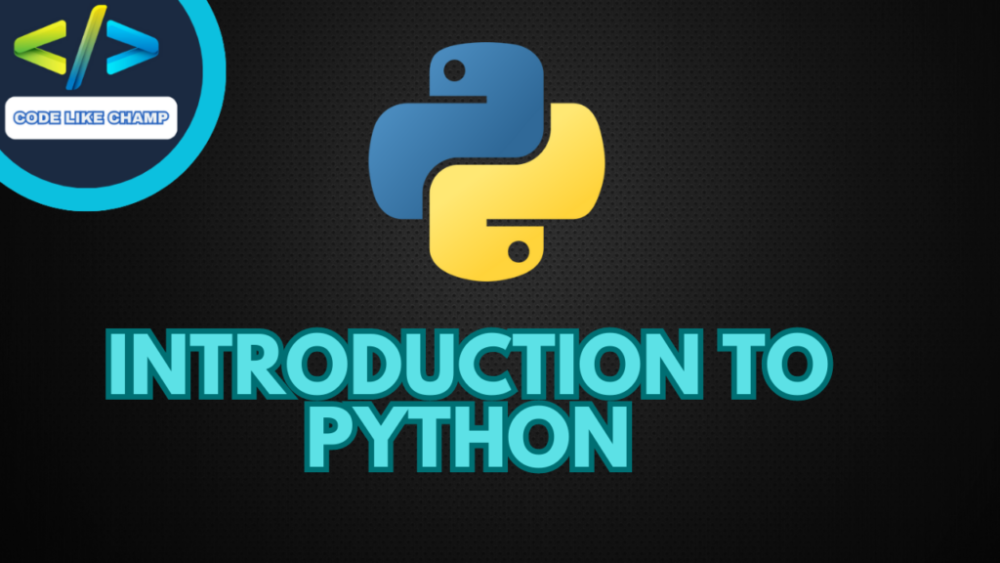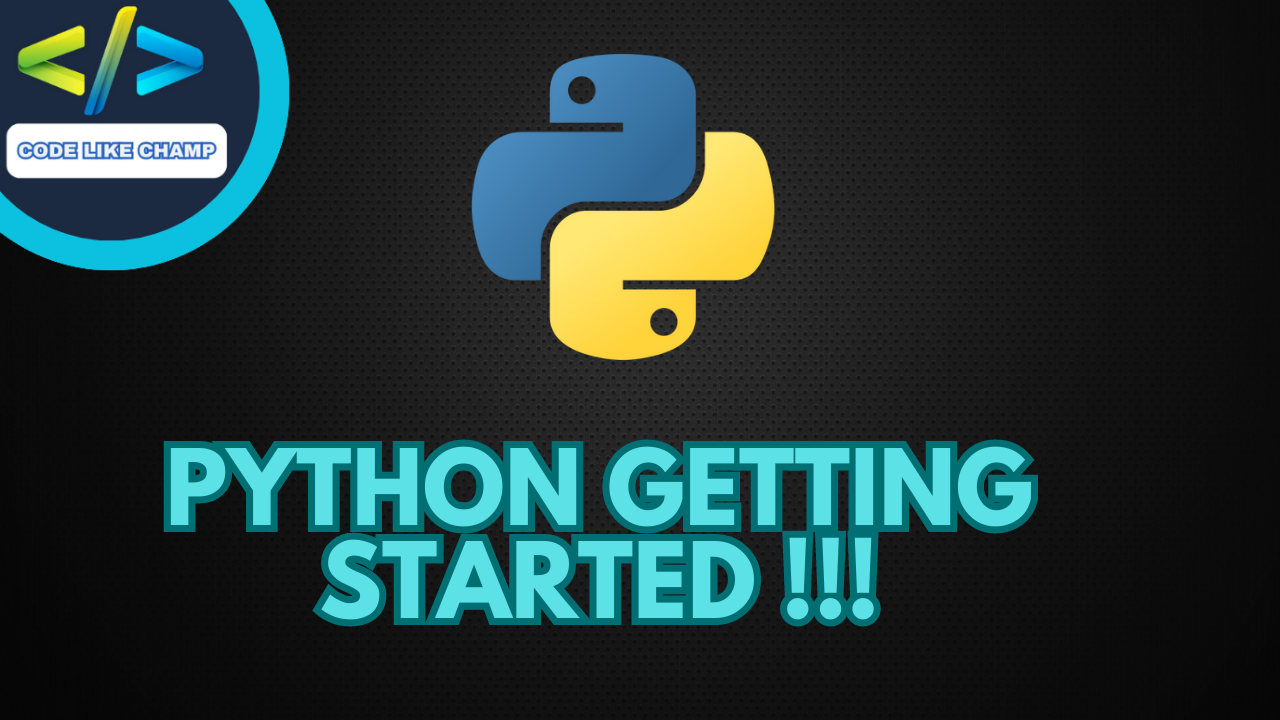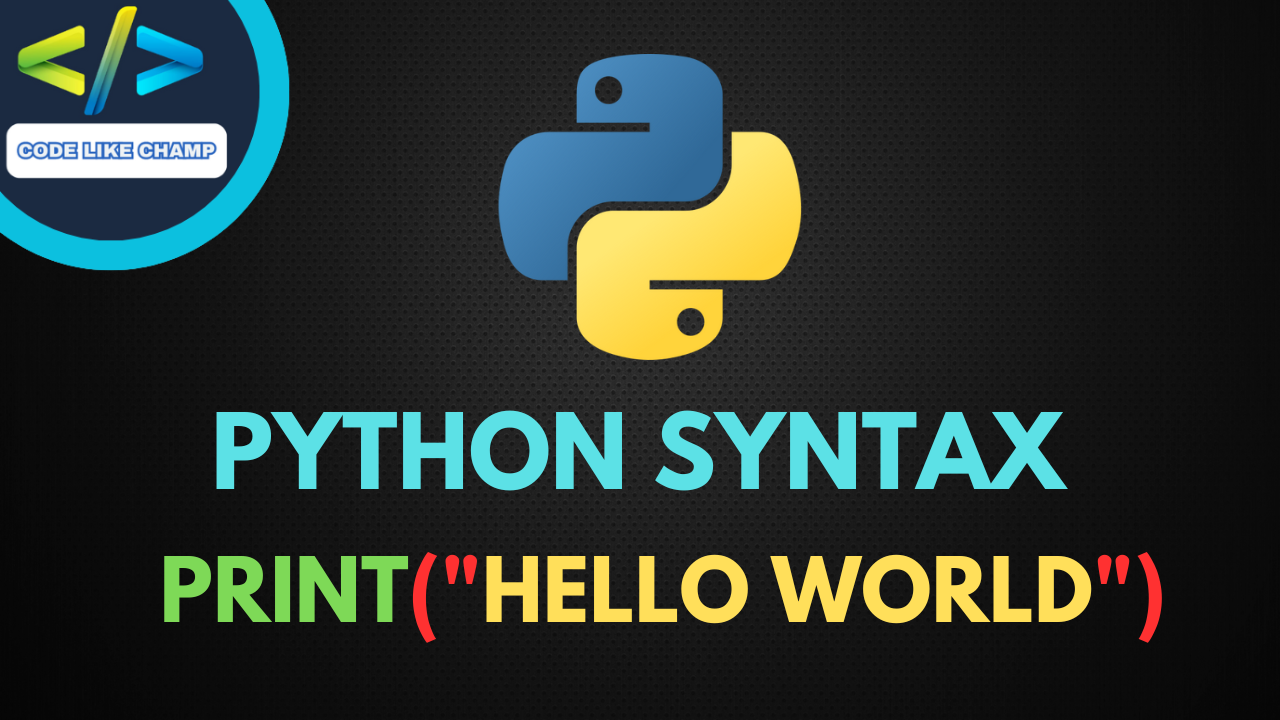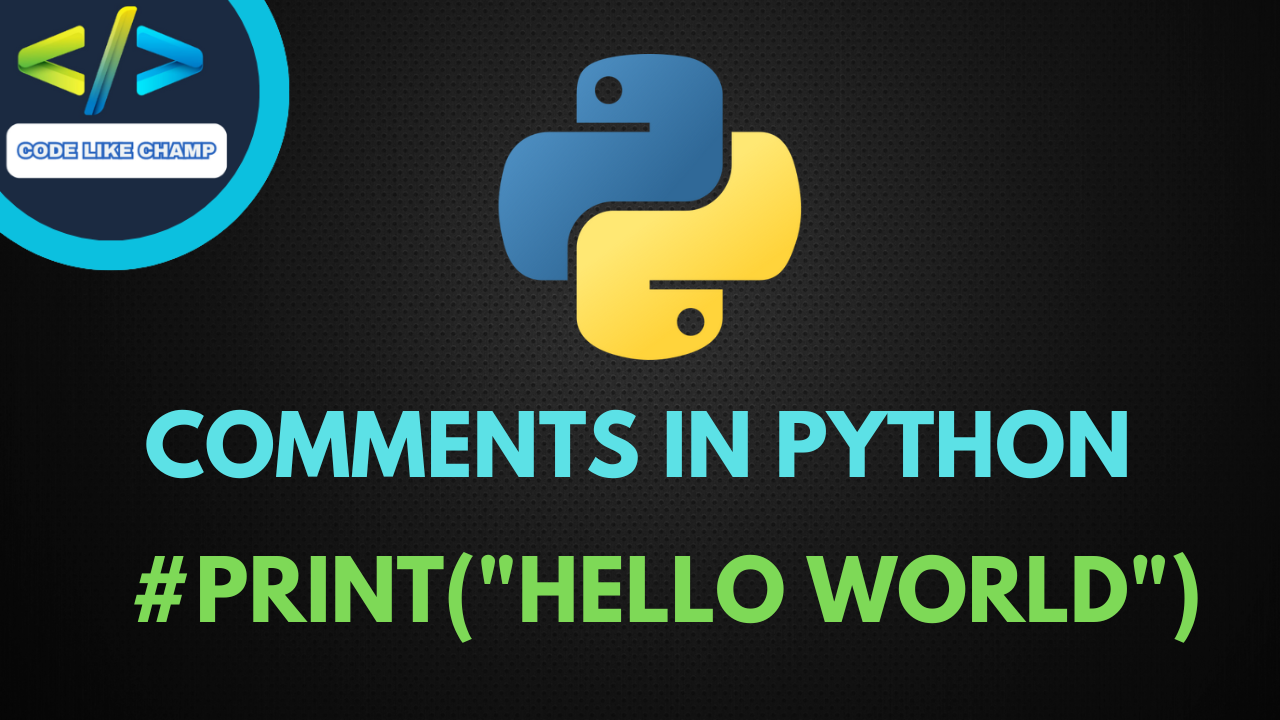Downgrading Python Version

Introduction
Python, the versatile and powerful programming language, is constantly evolving with new features and enhancements. However, there are instances where you might find yourself needing to downgrade Python to an earlier version. This could be due to compatibility issues with certain libraries, dependencies, or project requirements. In this article, we’ll explore the process of downgrading Python version step by step.
Understanding the Need for Downgrading Python Version
Before diving into the downgrade process, it’s essential to understand why you might need to do so. Upgrading Python is generally encouraged to benefit from the latest features, security patches, and performance improvements. However, certain projects or third-party packages may not be compatible with the latest Python release, necessitating a downgrade.
Step 1: Assess Your Project Requirements
The first step in downgrading Python is to evaluate your project’s dependencies. Check the documentation of the libraries and frameworks you are using to ensure compatibility with the desired Python version. Note down the specific version requirements and any potential issues you might encounter during the downgrade process.
Step 2: Backup Your Project
Before making any changes, it’s crucial to create a backup of your project to avoid data loss or code discrepancies. Use version control systems like Git to commit your changes and create a snapshot of your project in its current state. This ensures you can revert to the previous state if anything goes wrong during the downgrade.
Step 3: Uninstall the Current Python Version
To downgrade Python, you need to uninstall the current version installed on your system. This can be done using the package manager or installer you used to install Python initially. For example, if you are using pip, the following command uninstalls Python:
pip uninstall python
Ensure that you specify the version you want to uninstall, such as:
pip uninstall python==3.9.5
Step 4: Install the Desired Python Version
Once the current Python version is uninstalled, you can proceed to install the desired version. Use the installer or package manager to install the specific Python version you need. For example:
pip install python==3.8.12
This command installs Python 3.8.12. Adjust the version number based on your project requirements.
Step 5: Update Virtual Environments
If your project uses virtual environments, it’s essential to update them to reflect the changes in Python version. Activate your virtual environment and use the following command to update it:
pip install --upgrade virtualenv
Common Challenges and Troubleshooting
Downgrading Python may introduce challenges such as compatibility issues with certain packages or modules. Keep an eye out for error messages during the process, and consult the documentation of the affected packages for solutions. Additionally, community forums and online resources can provide valuable insights into common challenges and their resolutions.
Best Practices for Downgrading Python Version
- Thorough Testing: After downgrading Python, thoroughly test your project to identify any issues introduced by the version change.
- Dependency Pinning: Consider pinning your project dependencies to specific versions in your requirements.txt file to prevent unexpected updates.
- Documentation Updates: Update your project documentation to reflect the changes in Python version requirements. This ensures that other developers working on the project are aware of the required version.
Conclusion
Downgrading Python version is a nuanced process that requires careful consideration of project requirements and dependencies. By following the steps outlined in this guide, you can smoothly transition to an earlier Python version while minimizing the risk of compatibility issues. Remember to back up your project, stay informed about library compatibility, and leverage version control to safeguard your codebase. Whether you’re dealing with a legacy project or specific library constraints, the ability to downgrade Python ensures flexibility and adaptability in your development journey.
Also read this for 3.7 : How to Downgrade Python to 3.7
Also read this for 3.8 : How to Downgrade Python to 3.8
Also read this for 3.10 : How to Downgrade Python from 3.11 to 3.10
Also read this for 3.12 : How to Downgrade Python from 3.12 to 3.10
Also read this for 3.12 : How to Downgrade Python from 3.12 to 3.11
Also read this : Downgrading Python Version
Visit my Website to Learn more about Python and much more
Link: https://Codelikechamp.com
You can also follow me on Medium and Linkedin, Where i also share such amazing information.
Medium Link: Follow me on Medium
Linkedin Link: Follow me on Linkedin




